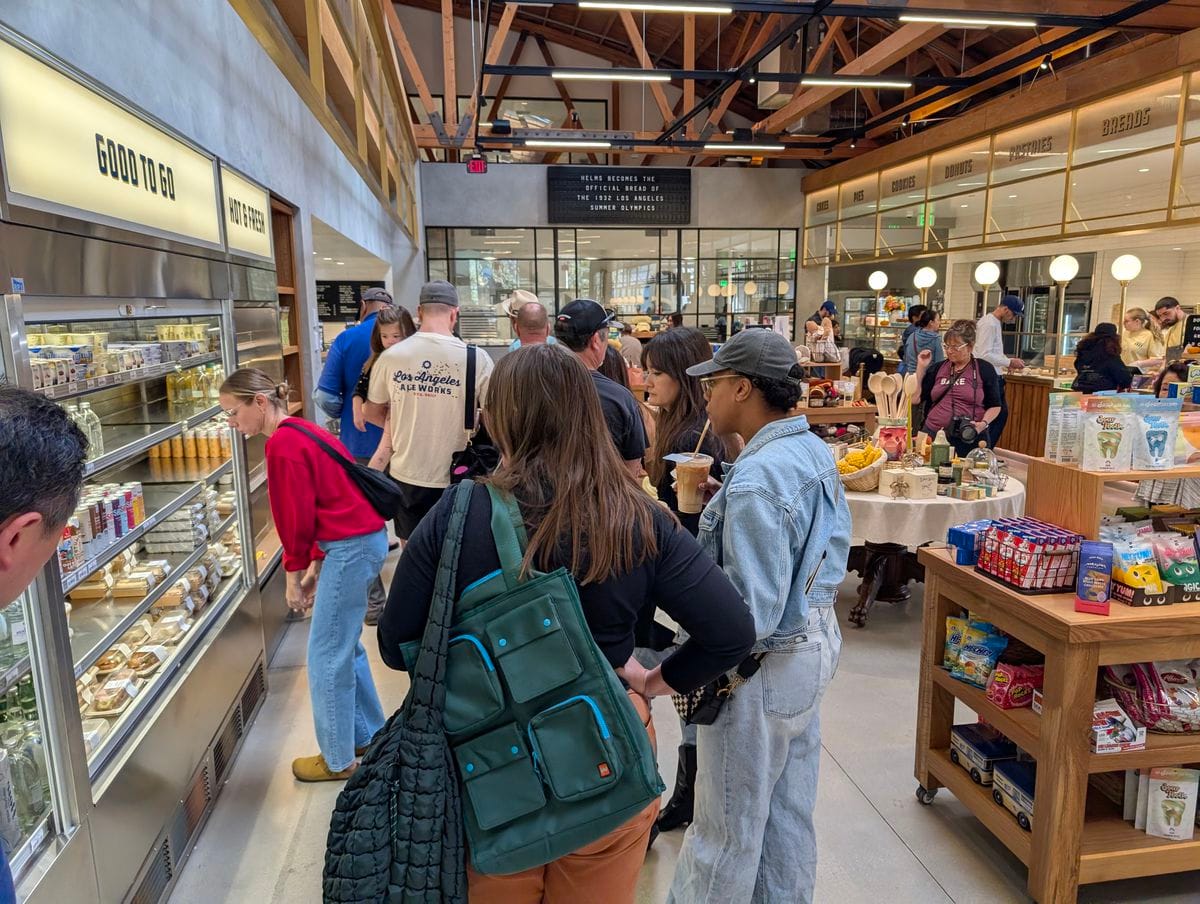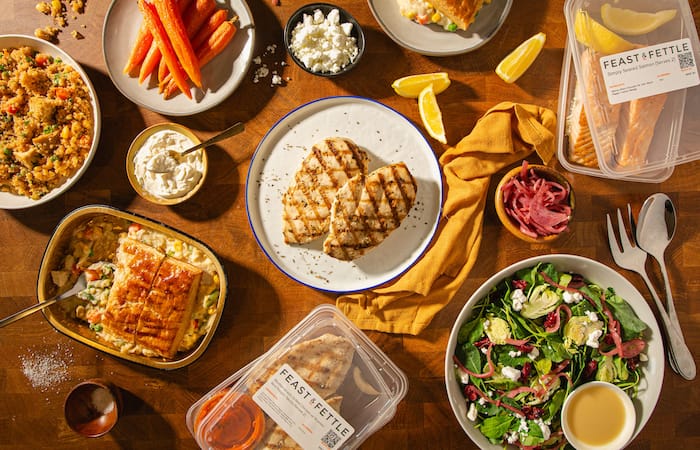A Contactless City: Going Undercover As An Amazon Fresh Driver
September 23, 2020
Read Time
8 min
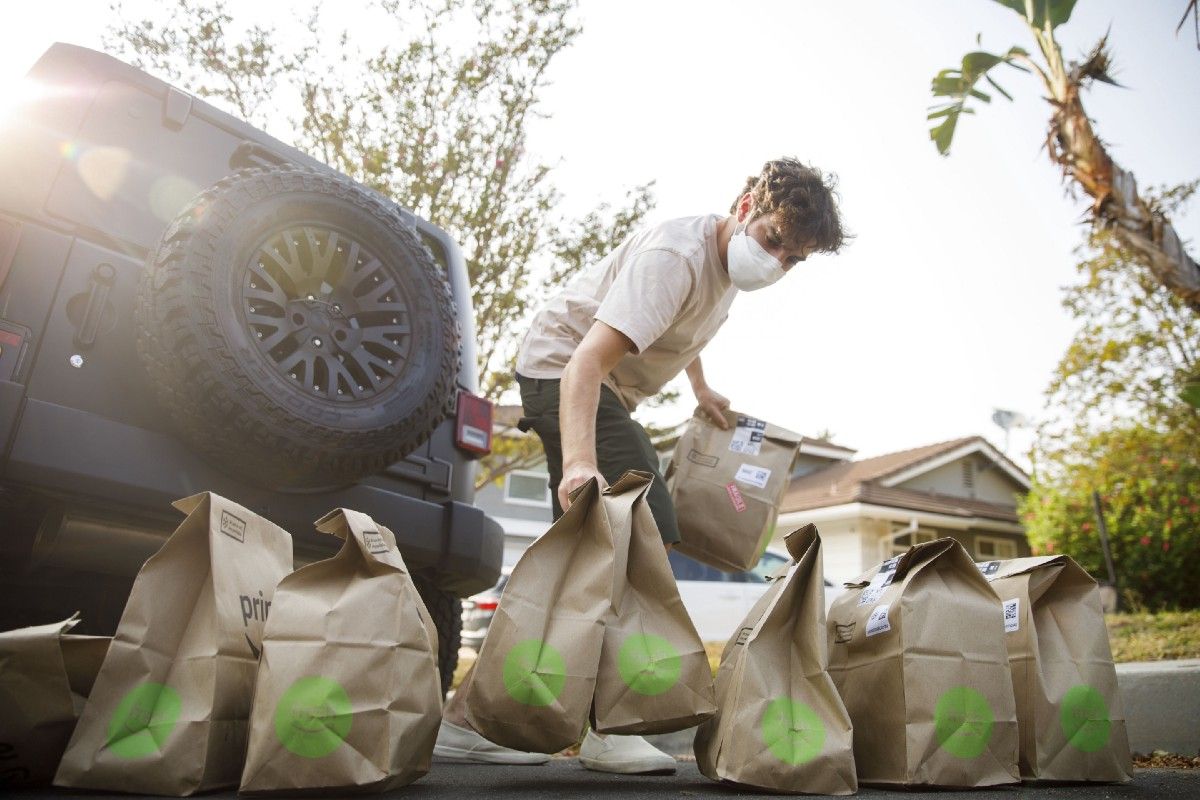
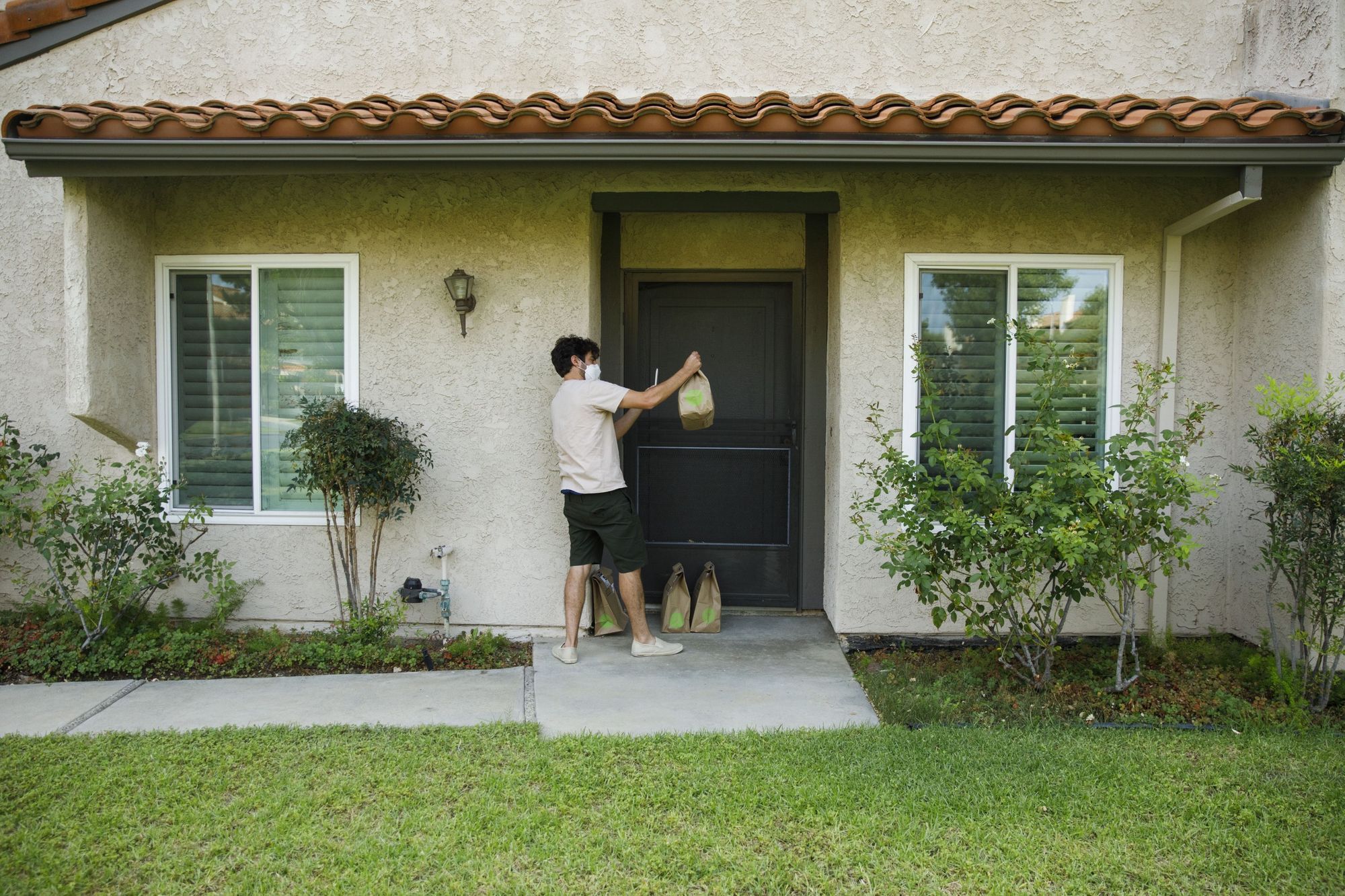
Photography by Patrick Fallon for HNGRY
A year ago, Professor Carlos Moreno of the Paris-Sorbonne University coined the idea of a “15-minute city,” a proposal to transform “mono-functional” urban centers into highly accessible, polycentric cities that support the six essential urban functions of living, working, supplying, caring, learning, and enjoying. Amidst simultaneous health and climate crises in the US, his words ring truer than ever:
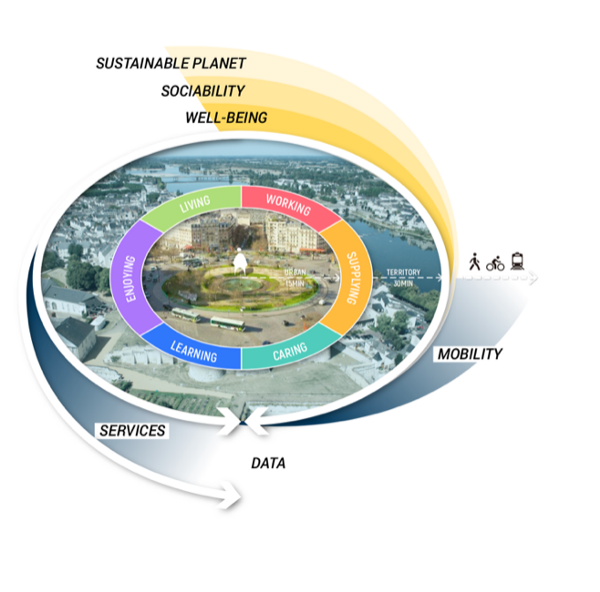
“Our world cities, everywhere on the planet, concentrate time and again the core of human activity, but they are still driven by the paradigm of the oil era and its impact on roads and general urban planning. The era of omnipresent cars, associated with a lifestyle based on the ownership of a vehicle as an element of social status, is still present, but is faltering. Thus, how can we reconcile the irreversible development of an urban world with crucial needs for real quality of life?”
As cities have scrambled to fill this gap by transforming parking spaces, dividers, and curbsides into outdoor dining plazas, Amazon has quickly swooped in to neighborhood plazas to create a reverse 15-minute city — one that comes to you. Instead of Moreno’s idea of repurposing buildings and infrastructure to support a highly accessible economy by bike or foot as seen in European cities like Paris or Amsterdam, Amazon is transforming former shopping mall retail into last-mile delivery hubs. This notion wasn’t as clear to me until I signed up to become a driver for Amazon’s Fresh grocery delivery service under its Flex program for independent delivery contractors.
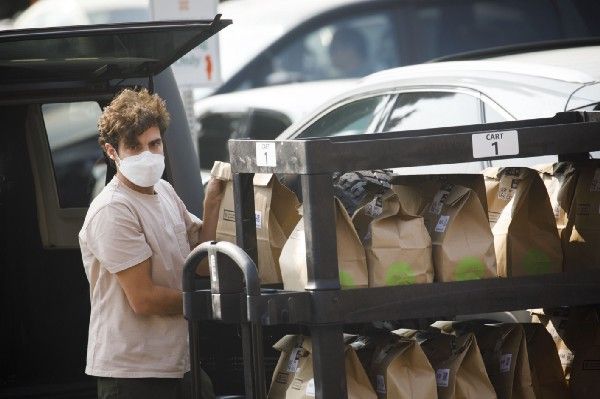
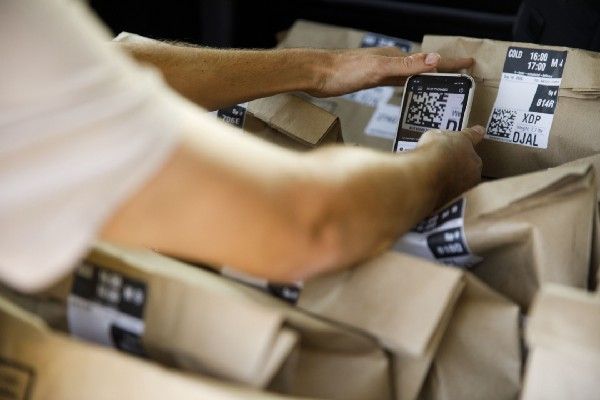
For two days, I accepted delivery blocks at unopened Amazon Fresh “dark stores” in Los Angeles that are solely being used to fulfill local grocery deliveries in North Hollywood and Northridge before they are fully open to the public. After my first pickup of 46 grocery bags (half of which went to one customer), I noticed something staggering. My first two hour gig was confined to 26 minutes of driving in circles within a 1.5-mile radius. What was inside those bags is anyone’s guess, but rest assured that everything from perishable food, alcohol, and pre-prepared dinners to household essentials can be delivered within a 1–2hr window from a stone’s throw away. On my second delivery of 24 packages to four customers, I stayed within a strict 1-mile radius.
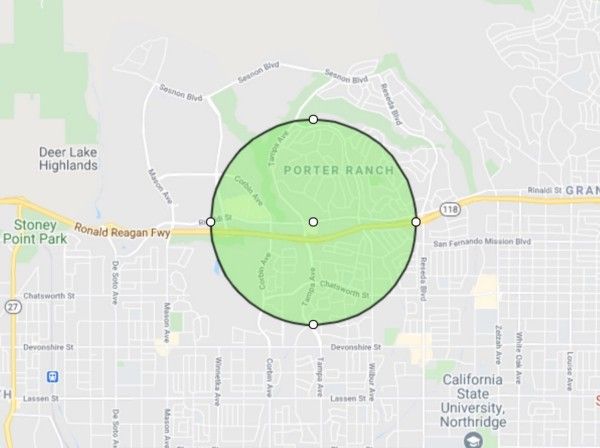
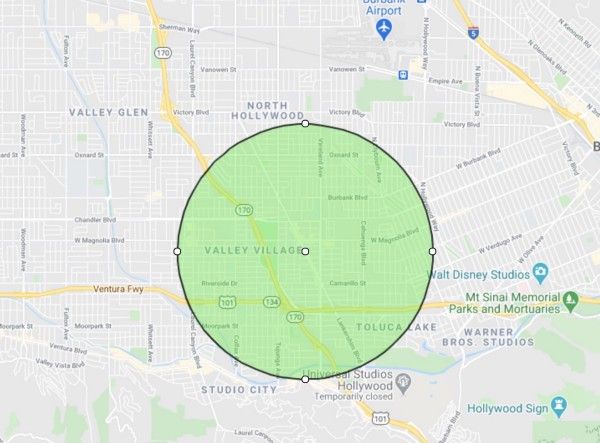
The experience was an eye-opening, highly stressful look into the daily life of those who power our convenience-driven impulses. As I battled poor cell phone reception in 100+ degree heat, unanswered buzzes on apartment building call boxes, and confusing drop-off instructions from customers (“please have the french bread sliced”), I couldn’t help but feel empathy for every gig economy worker functioning in today’s zombie apocalypse.
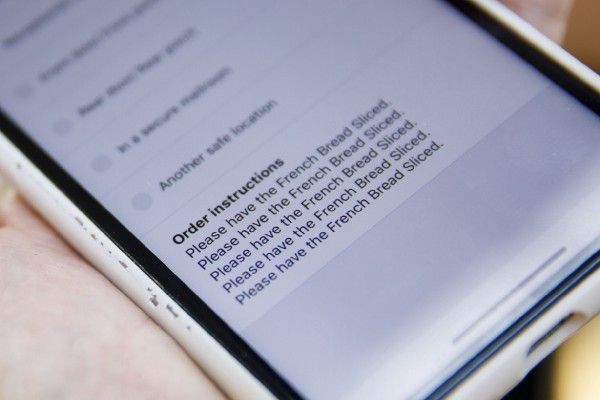
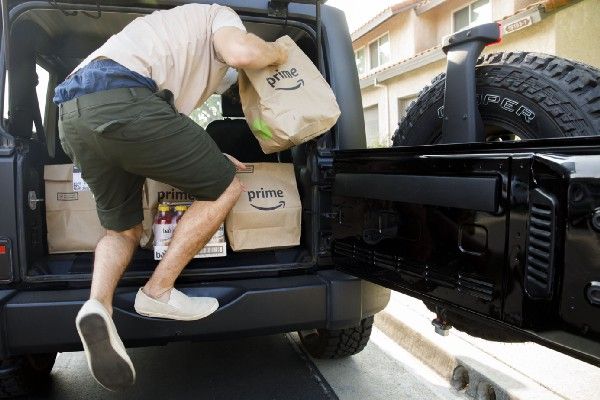
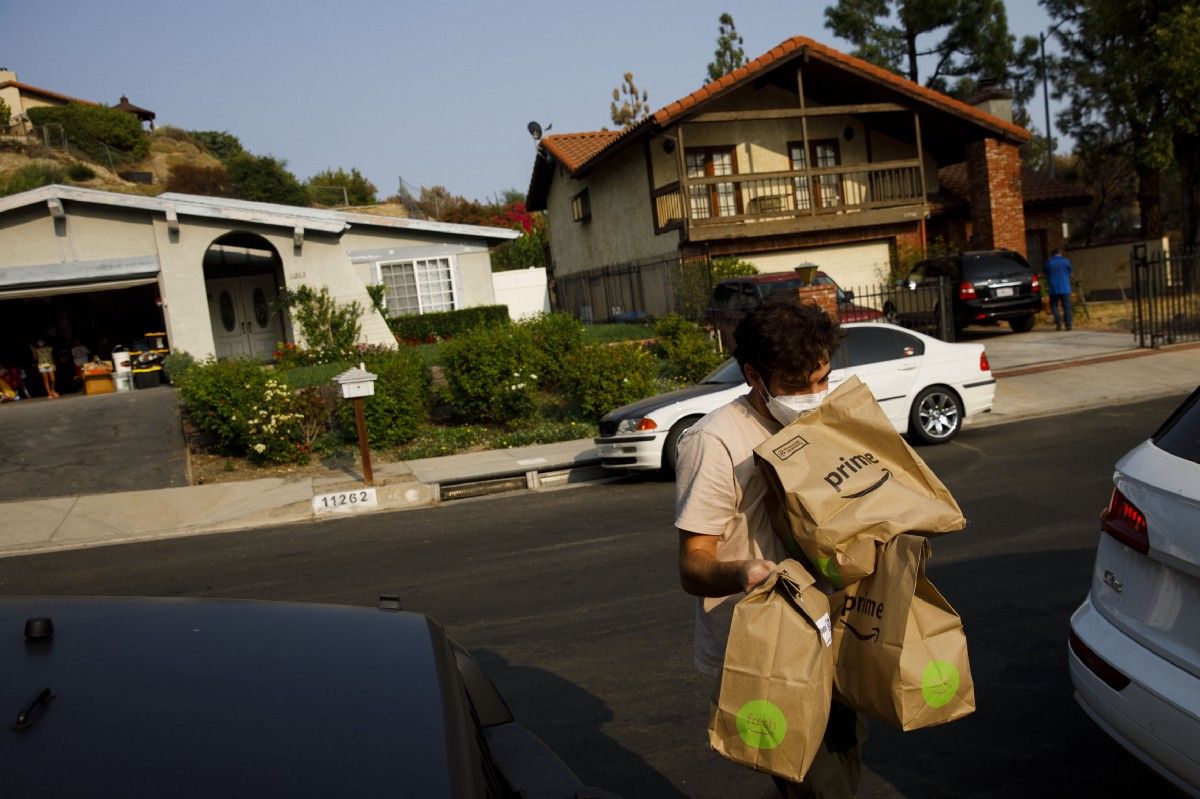
After three gigs over two days, here’s some general food for thought:
- You can count the number of companies with the balance sheets, data/logistics, and economies of scale required to deliver on our accelerated demands of convenience, driven by the pandemic and climate change, on a single hand.
My first delivery originated at a new 26,000 sqft Fresh grocery store occupying the ground floor of a 300-unit modern luxury apartment complex in the heart of North Hollywood. Amazon has a competitive advantage over any other prospective tenant due to its granular data of Prime members’ addresses as well as their lookalike demographics. In less than a 15-minute drive, it can access a market of over half a million residents who earn an average household income of over $80,000.
Due to this high density of demand, Amazon can leverage its driver network of independent contractors like myself to deliver up to roughly 35 grocery bags an hour for just $18.50. That’s just over 50 cents per bag.
After this experience, it became clear to me why CloudKitchens is striving to become the “Amazon of restaurants.” If foodservice companies find success as tenants inside their last-mile optimized delivery warehouses, the startup could profitably drive down the cost of delivery whilst creating a valuable business off a high-yield real estate portfolio.
- There is a last-mile flywheel effect between Amazon’s physical and digital retail presences that will ultimately drive the cost of delivery even lower.
According to a survey from The Manifest in late July, 62% of US adults have preferred to buy groceries in person since the beginning of the pandemic despite nearly a quarter of them using online delivery and pickup. By leveraging technology like its cashierless Dash Carts and voice-powered Alexa assistants, the e-commerce giant is creating a contactless experience that is leaps ahead of its grocery peers. As it improves upon its physical retail experience, Amazon will build a closer relationship with customers, in turn driving higher demand for local delivery from its last-mile “micro warehouses.” This would cause an increase in demand density– the key cost factor of delivery.
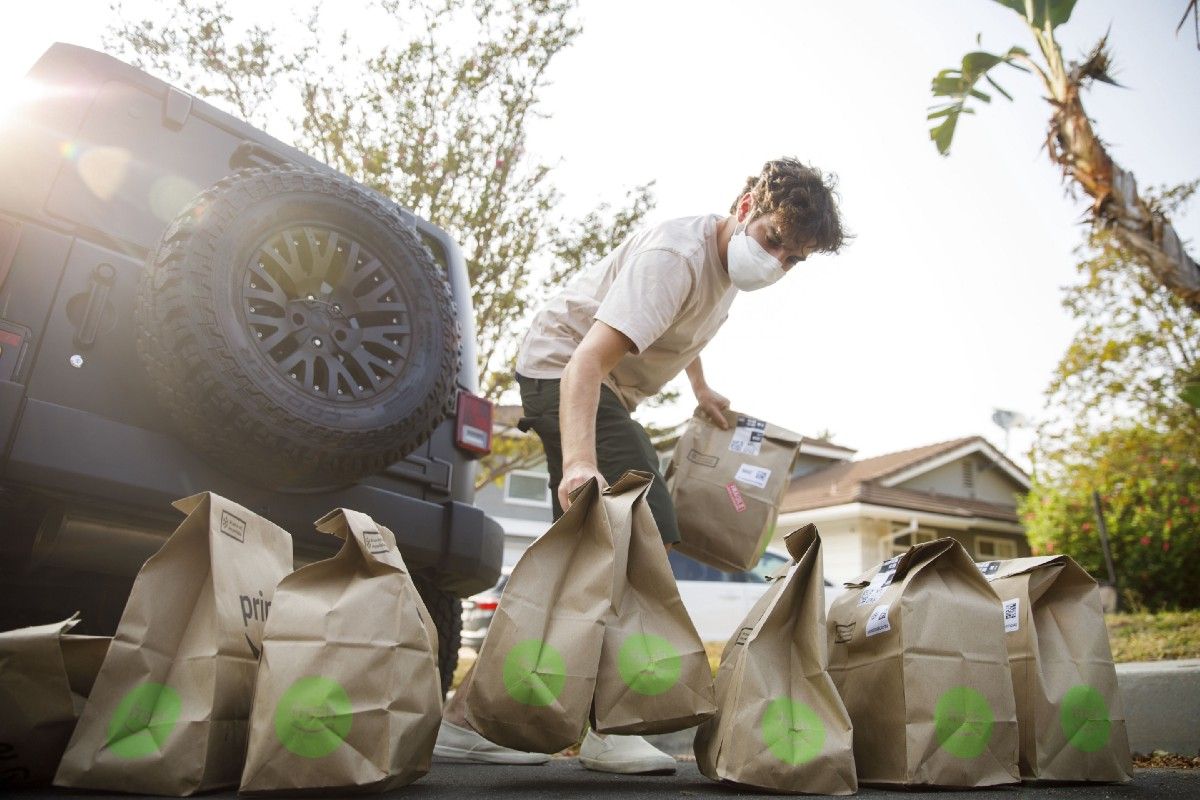
- Amazon grocery delivery provides above-average paying delivery jobs that are highly competitive and are not subject to AB5 regulations. They can pay as much as 68% above normal Prime courier gigs from centralized fulfillment centers thanks to tipping and high density of customers at the last mile of the store.
On my first go-around, I made $47 in two hours ($37 base plus $10 total tip). I must say I was expecting a higher tip, but I did ring a few people’s doorbells accidentally who requested to be undisturbed. But seriously, wouldn’t you want to know when your groceries are ready to be put inside the fridge? While many drivers schedule their calendars in advance, Amazon also offers instant deals for nearby drivers that have caused some to hang their smartphones in trees outside of Whole Foods stores, as Bloomberg reported earlier this month.
For now, Amazon Flex seems to pass the “ABC Test” used to determine whether a business can classify a worker as an independent contractor vs. employee. Under the second clause, businesses must prove “that the worker performs work that is outside the usual course of the hiring entity’s business.” For Amazon’s standard marketplace and Fresh offerings, the fact that delivery is a line item tacked on to an order or bundled into a Prime subscription exempts them from classifying Flex drivers as employees.
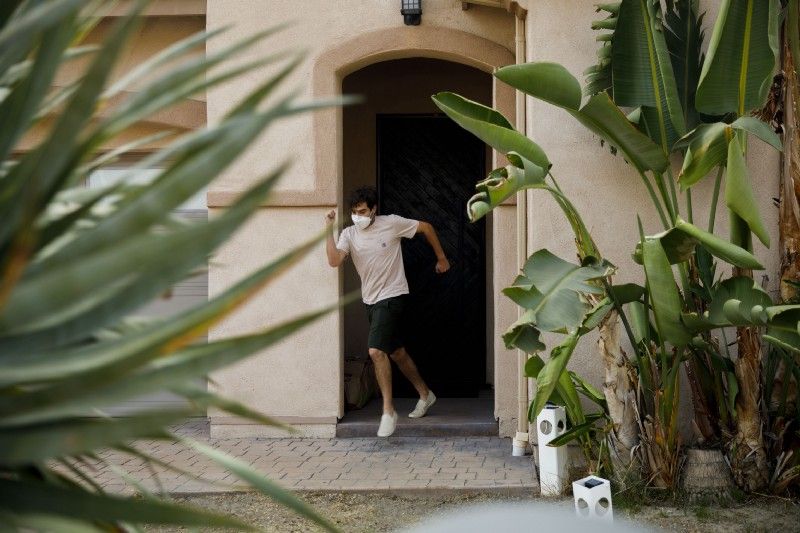
Unlike Instacart, which partially relies on contractors who drive and pick groceries, Amazon Flex drivers only focus on delivery component while full-time employees handle grocery picking. Instacart does, however, hire contractors as dedicated shoppers on behalf of its retail partners.
- Amazon is leveraging its driver network to give back to the local community.
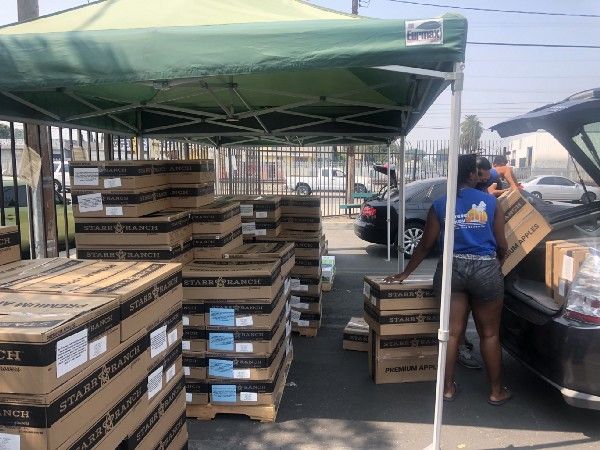
Amazon seems committed to leveraging its vast resources towards helping those in need. Upon seeing a Flex posting for a two hour gig at “North Los Angeles Community Organization,” my interest immediately piqued. I signed up and learned that I would be dropping off produce boxes from the LA Regional Food Bank to those most impacted by the pandemic. Like my prior contactless interactions with Prime households, I only saw a few faces on this mission. Most seemed to be first-generation immigrants with large smiles on their faces. It was highly rewarding work, unlike the previous day. Whereas it requires photo verification for contactless Fresh and other Prime deliveries, Amazon did not require me to document where I left the boxes. I grossed $37, no tip, for just over an hour’s worth of community service that was marketed as a two-hour commitment.
- The company is applying a gradual, test-driven approach to everything from microfulfillment to its retail openings: crawl → jog → run.
Amazon Fresh employees have confirmed with HNGRY that its Northridge store will be the second location to open in the greater Los Angeles area on October 22 despite the fact that it is already fulfilling deliveries as a dark store. Similarly, its first Woodland Hills location operated as a dark store for over four months before launching its retail experience to the public in late August. While HNGRY’s February report of Amazon’s use of microfulfillment automation from Dematic was recently denied by VP Jeff Helbling in a recent interview with Supermarket News, an employee told HNGRY that the company is still committed to eventually rolling out grocery picking automation to complement the efforts of its in-store shoppers. This could drive current delivery times by a significant margin.
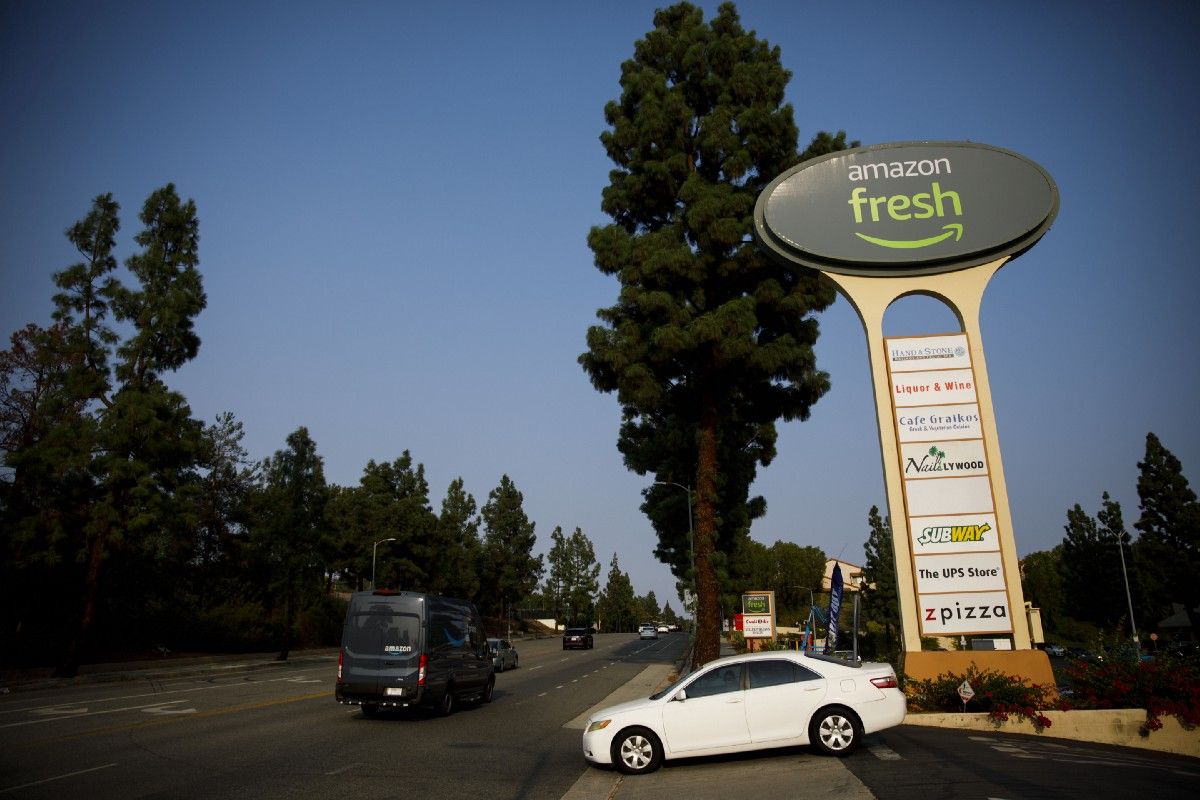
One thing that is very apparent is the company’s shift away from larger fulfillment centers towards smaller ones, like the dark store it opened in Brooklyn, NY earlier this month. Unlike other Fresh stores that are temporarily dark, this location does not feature any consumer-facing grocery aisles. Historically, Amazon operated Fresh grocery delivery from centralized distribution centers that could occupy hundreds of thousands of square footage in city outskirts. Instead, its Fresh stores are located minutes from target consumers and range from approximately 25,000–50,000 sqft.
C.R.E.A.M.: Contactless Rules Everything Around Me…
While quarantine has brought new definition to the meaning of isolation and convenience, we must figure out how many experiences of our lives we’re willing to relegate to “dark” infrastructure once we regress to a new normal. While it may benefit as a one-stop shop for our entertainment, groceries, and other household needs today, Amazon cannot be everything to everybody. When examining its practices, it is not simply enough to analyze the depth of its market share in retail, but rather, its breadth.
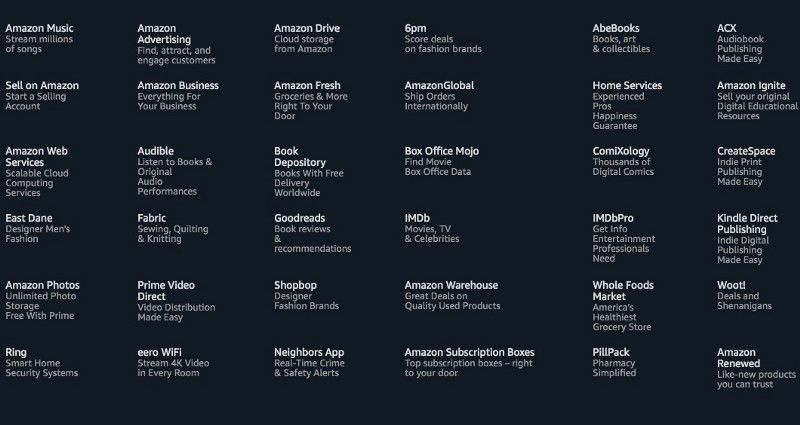
According to Jeff Bezos’ statement to the US House of Representatives this summer, researchers found that Amazon is the #2 trusted entity in the country, just behind the military. That trust has foisted itself into the most consumer-centric company in the world, offering us everything from private label ground beef to smart doorbells and The Marvelous Mrs. Maisel. The next item added to that list is entirely up to us.
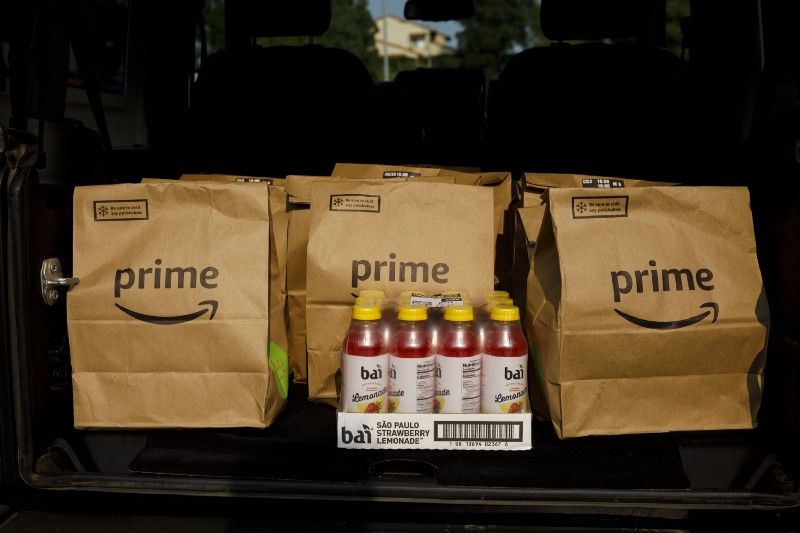
On the one extreme is Moreno’s 15-minute city, on the other is one where it comes neatly packaged to our doorsteps and compressed over our cable pipes. Whatever we choose, I beg you: please don’t knock or ring the doorbell and for the love of Jeffrey P. Bezos,“Please have the french bread sliced!!”



